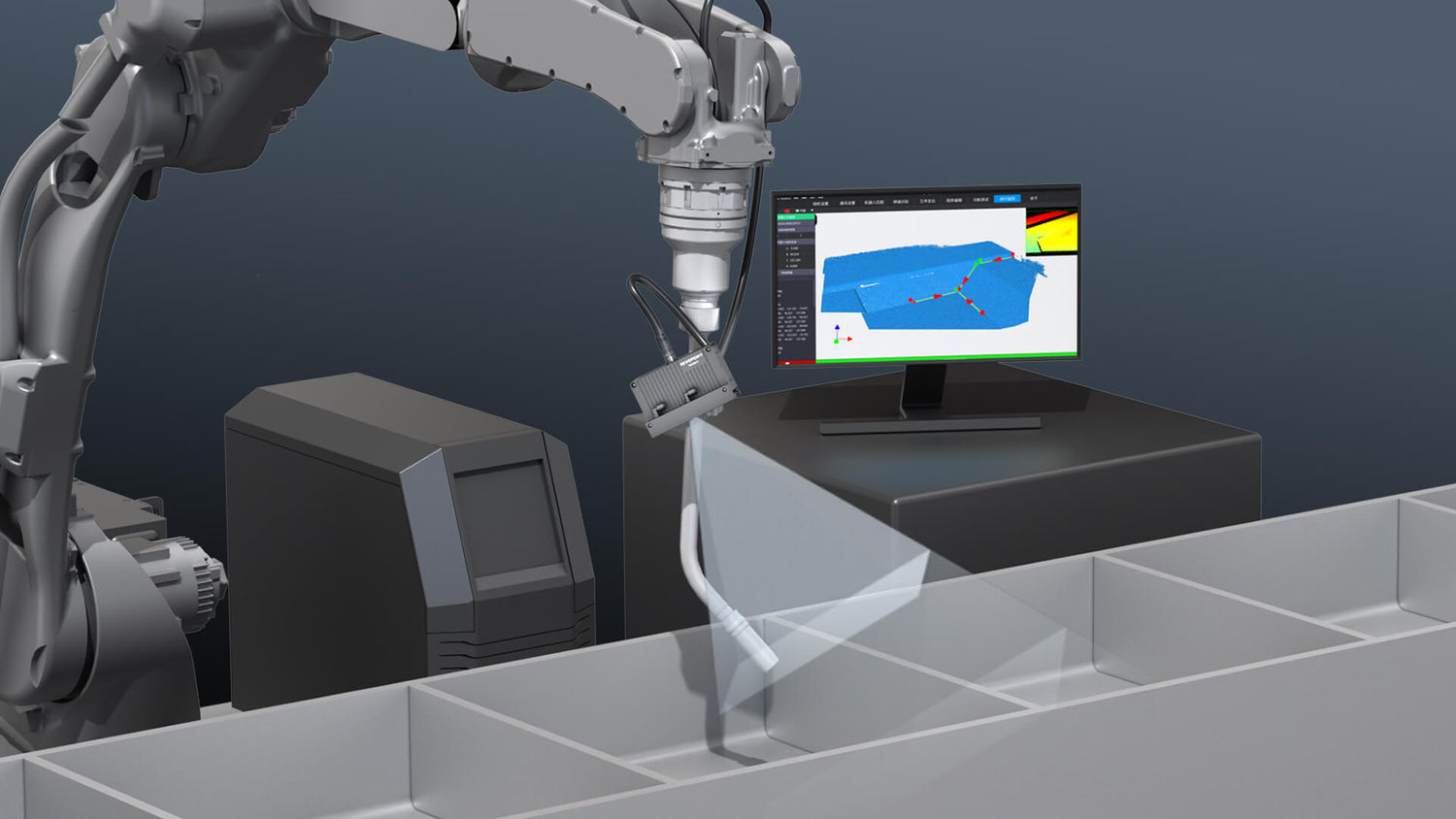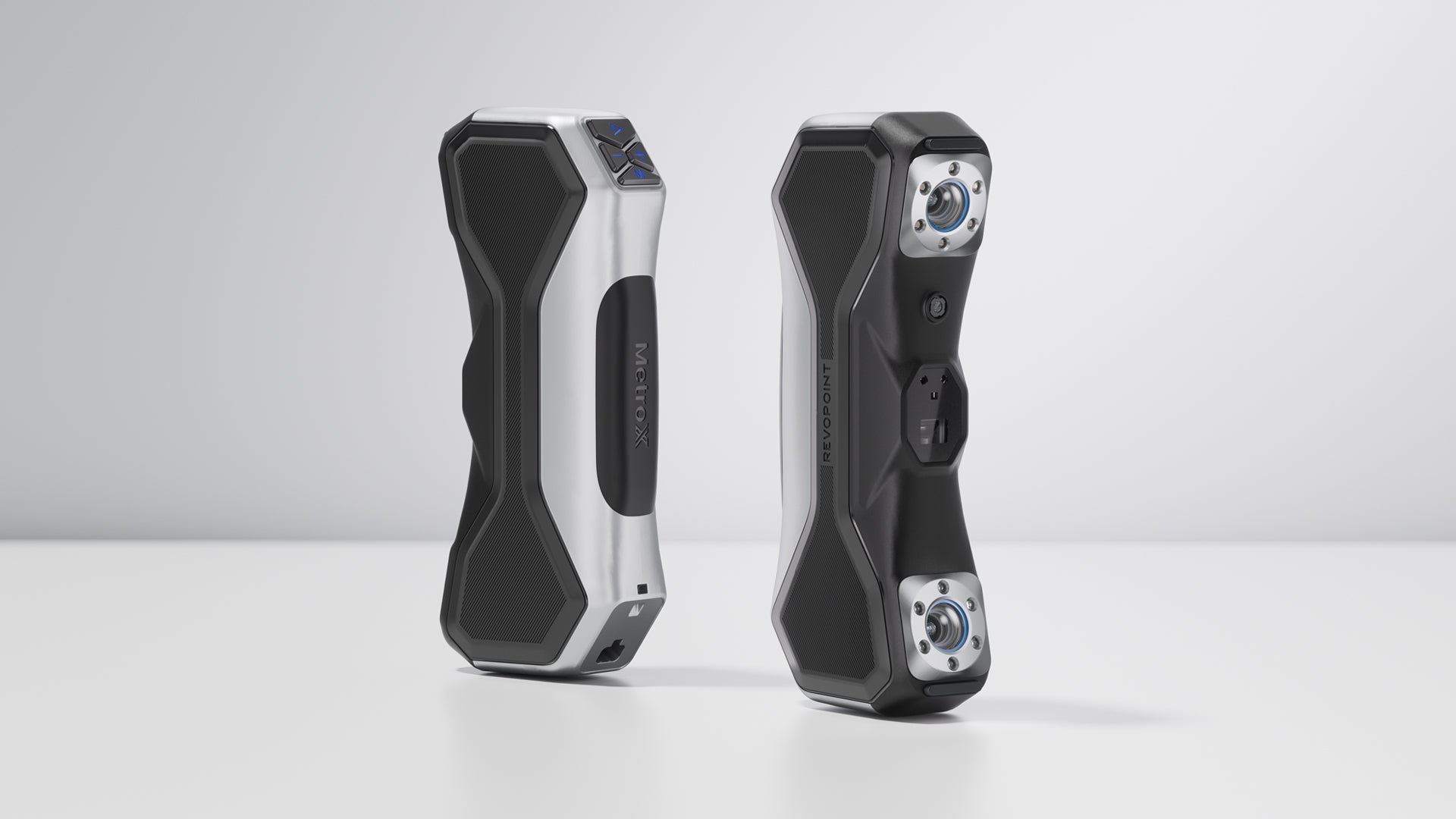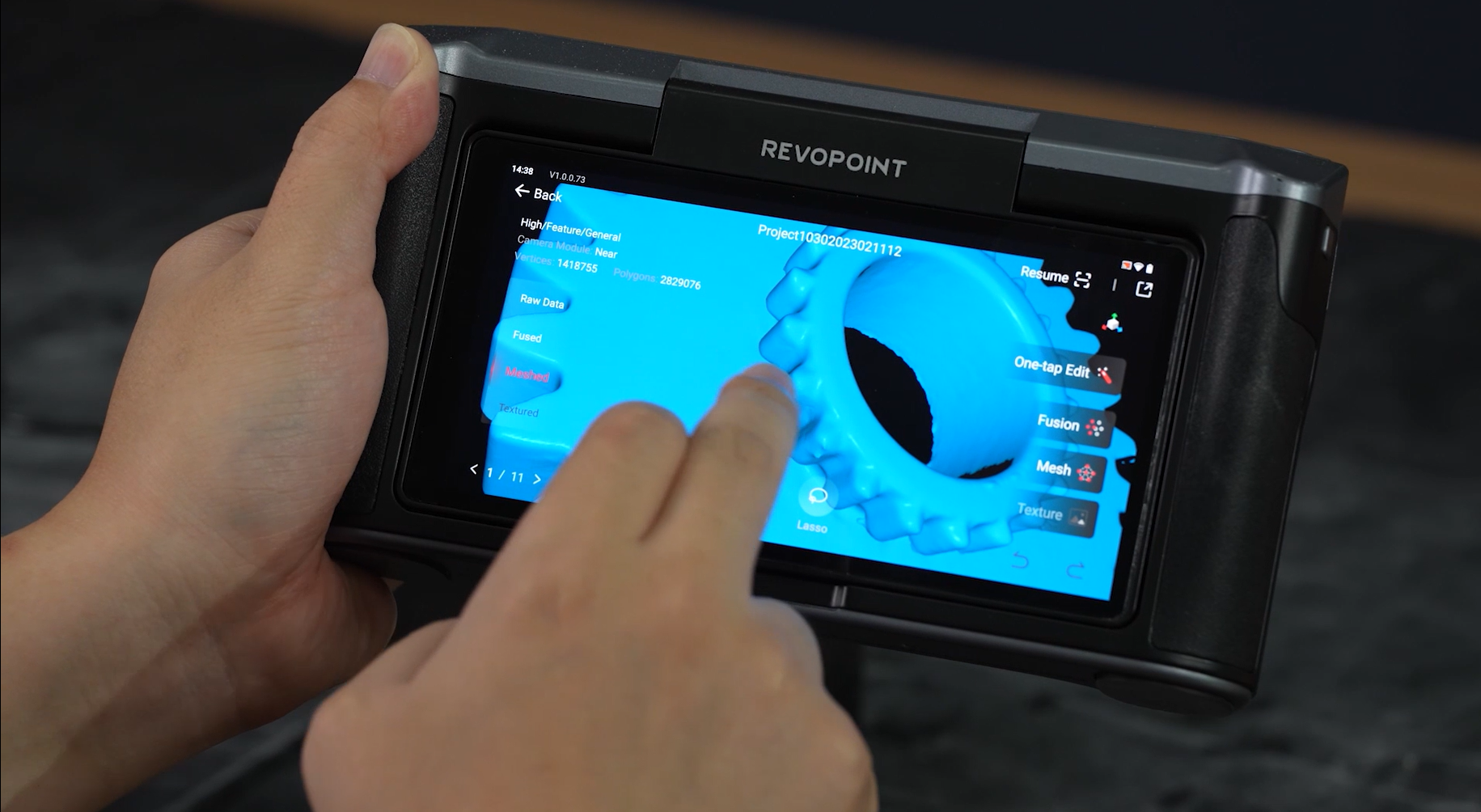Automating is no longer a luxury in modern manufacturing, where every second and every millimeter counts. It’s a necessity. Among the most transformative tools making their way into welding shops and production floors are 3D vision systems. These systems are changing how welding is done, offering a smarter, faster, and more accurate approach to reduce waste, cut costs, and raise quality.

What 3D Vision Brings to Welding
Welding used to rely heavily on fixtures, templates, and careful manual setup. However, with 3D vision systems, robots can “see” the workpiece in front of them, make real-time adjustments, and weld with far greater accuracy, even if the parts aren’t aligned.

Systems like the Revopoint Tracer P2 can scan a part in seconds, providing automated welding equipment with an accurate map of where to weld. This means that welding cells can adapt to small changes in position, shape, or size rather than relying on rigid setups. Such adaptability is a significant advantage, especially for manufacturers dealing with varied parts or smaller batch sizes.
Key Uses on the Shopfloor
Joint Detection and Alignment
The biggest challenge with welding is often ensuring the parts align properly before the weld is even made. Whether it’s the result of slight misplacements in fixturing or imperfections in the parts themselves, even the slightest misalignment can lead to bad welds, increased scrap, or wasted time. Traditional methods require constant checks or heavy reliance on manual fixtures to ensure everything is set up correctly.
3D vision systems solve this by scanning the workpieces before welding begins, detecting the actual geometry in real-time. This way, the welding robot doesn’t depend on preset positioning but instead adjusts according to the current placement of parts. Whether you’re working with components that shift or have inherent tolerances, this level of flexibility reduces errors and ensures an accurate starting point for every weld.

Dynamic Seam Tracking
Welding along curved or angled joints often means that the welding path isn’t always straight, and slight variations in parts positioning can cause the robot to stray from the seam. In high-volume manufacturing or when working with complex parts, having a welding system that adapts to these in real-time changes can mean the difference between a high-quality weld and a failed one.
With 3D vision systems, the welding robot can continuously track the seam throughout the process. As it scans the joint during welding, the robot adjusts the path dynamically, compensating for any changes in the workpiece’s position. This ability to follow the actual seam in real time ensures that the weld remains consistent and accurate from start to finish, even if parts shift or have slight deformities.

Post-weld Verification
Once the weld is completed, there’s always the risk of defects, whether an underfilled bead, a misalignment, or a visual imperfection that goes unnoticed. Traditional methods often require manual inspection or destructive testing, both of which slow down production and may not catch every issue.
3D vision systems streamline this by performing an immediate, in-process verification. After the weld is complete, the system scans the weld bead and compares it against preset specifications for height, width, uniformity, and alignment. It can detect issues like undercuts, porosity, or excessive reinforcement, and automatically flag deviations.
Reduced Reliance on Tooling
Custom jigs and fixtures are essential to traditional welding setups, but they come with a significant cost. Each new part or batch often necessitates a new fixture design, resulting in downtime and increased capital investment. With 3D vision, the need for specialized tooling is minimized because the system can detect part geometry on the fly.
Instead of relying on rigid, custom-built tools, the vision systems allow the welding robots to adjust to the part in real time. This flexibility is particularly beneficial in high-mix, low-volume production environments, where quick changeovers are essential and parts have varying sizes or shapes.

Efficency = Savings
Companies that adopt 3D vision-guided welding often see immediate impacts. First, there’s speed. Fewer adjustments, less downtime, and fast cycle times all mean more output. Then there’s quality. Fewer bad welds mean less rework, less scrap, and better consistency.
But the real kicker is the cost reduction. Labor costs decrease as the system automates repetitive tasks. Material waste shrinks. With fewer defects slipping through, customer returns or warranty costs can be slashed. Over time, the savings aren’t just nice, they’re significant.



Leave a comment
This site is protected by hCaptcha and the hCaptcha Privacy Policy and Terms of Service apply.